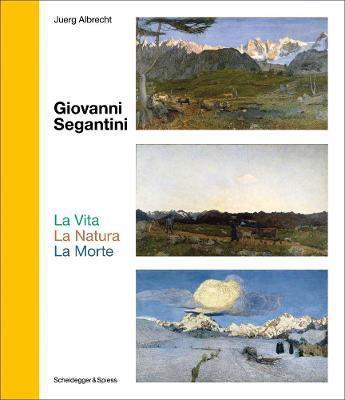Merci à toutes et à tous pour cette aventure collective
Passionné(e) de lecture ? Inscrivez-vous
gratuitement ou connectez-vous pour rejoindre la
communauté et bénéficier de toutes les fonctionnalités du site !

Giovanni Segantini's (1858-99) three paintings La Vita-La Natura-La Morte (Becoming-Being-Passing) of 1898/99 do not reveal at first glance anything about their equally complex and interesting background. Originally planned for the 1900 Paris Exposition of 1900 as a gigantic, multimedia "Alpine symphony" panorama 722 ft long and 66 ft high, Segantini was forced to reduce his work to three purely pictorial main paintings, owing to a lack of financial means. When he died in 1899, whilst still working on it, he left behind an incomplete triptych that was intended to embody "the spirit of nature, of life, and of death." In this book, Swiss art historian and Segantini-expert Juerg Albrecht traces this monumental landmark piece in the artist's oeuvre as one of the last programmatic works of fin de siecle art. Apart from its genesis, the book explains, as well the cycle of life and death that the three paintings visualise, whose origins Segantini sought both privately and creatively in the mountains of the upper Engadine valley during his lifetime.
Il n'y a pas encore de discussion sur ce livre
Soyez le premier à en lancer une !

Merci à toutes et à tous pour cette aventure collective

Lara entame un stage en psychiatrie d’addictologie, en vue d’ouvrir ensuite une structure d’accueil pour jeunes en situation d’addiction au numérique...

Un douloureux passage à l'âge adulte, entre sensibilité et horreur...

Blanche vient de perdre son mari, Pierre, son autre elle-même. Un jour, elle rencontre Jules, un vieil homme amoureux des fleurs...